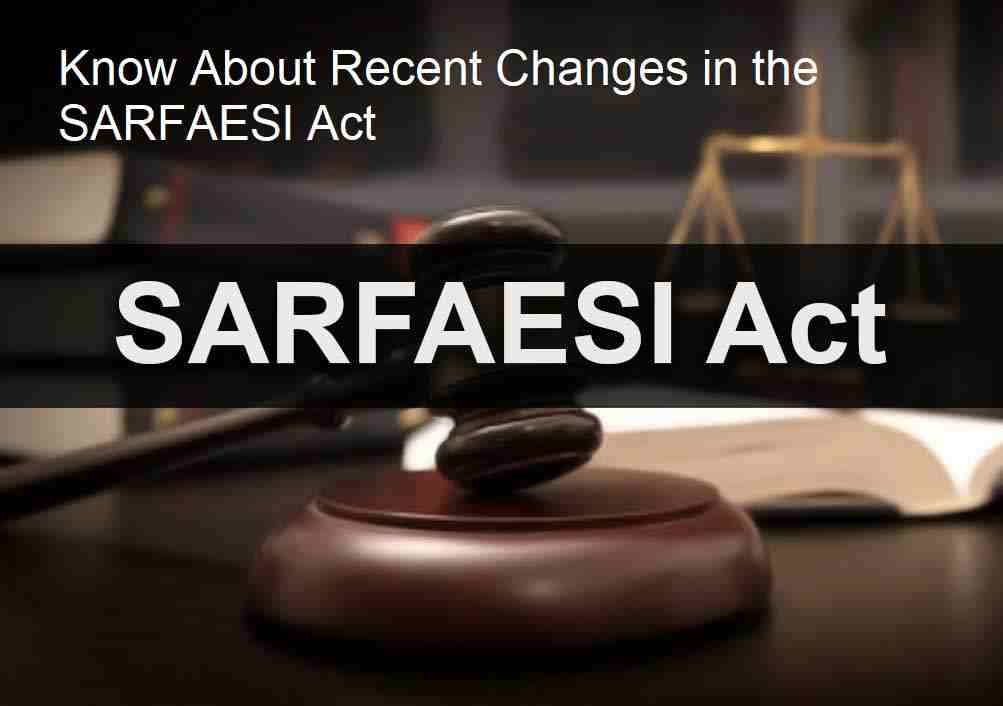Understanding Stay Order Against SARFAESI Act
A stay order is a legal injunction that suspends or prohibits an action until a court or tribunal hears and decides on a matter. In the context of the SARFAESI Act, a stay order prevents lenders from taking possession of the borrower's secured assets or auctioning them off to recover outstanding dues.
The stay order can be issued by a court or tribunal if it deems that the lender has not followed the due process prescribed by the SARFAESI Act, or if the borrower has challenged the validity of the notice issued under the act. The stay order can also be granted if the court finds that the lender has violated the borrower's rights or has acted unfairly or unjustly.
A stay order is a legal action that temporarily stops a process until a court or tribunal reviews and decides on the matter. Concerning the SARFAESI Act, it prevents lenders from seizing a borrower's secured assets or auctioning them off to recover unpaid debts. It can be issued if the lender doesn't follow SARFAESI Act procedures or if the borrower disputes the notice's validity. A stay order can also be granted if the lender violates the borrower's rights.
Implications for Lenders and Borrowers:
-
Lenders: A stay order can hinder debt collection and delay resolution, affecting their ability to lend further.
-
Borrowers: It offers relief by giving time to challenge lender actions and prevents asset seizure, which may have sentimental or commercial value.
Implications of Stay Order for Lenders and Borrowers
For lenders, a stay order can be a setback as it prevents them from recovering their dues and may result in a delay in the resolution of the case. It can also impact their ability to lend further, as the amount recovered from the sale of the secured asset is used to recover the outstanding dues, and without it, their recovery prospects are dimmed.
For borrowers, a stay order can be a relief as it provides them with some breathing space and an opportunity to challenge the validity of the notice or the lender's actions. It can also prevent the lender from taking possession of their secured assets, which may have sentimental or commercial value to them.
the key legal challenges to the act include:
-
Violation of the Right to Property: One of the primary arguments against the act is that it violates the right to property, which is a fundamental right under the Indian Constitution. The act allows lenders to take possession of secured assets without following the due process of law, which can be viewed as an arbitrary exercise of power.
-
Unfair Treatment of Borrowers: Another argument against the act is that it is biased in favor of lenders and does not provide adequate safeguards for borrowers. The act allows lenders to recover their dues by taking possession of secured assets, which may be disproportionate to the outstanding dues.
-
Lack of Judicial Oversight: Some critics of the act have argued that it lacks sufficient judicial oversight, as the act allows lenders to take possession of secured assets without seeking permission from a court or tribunal. This can be viewed as an infringement of the separation of powers between the executive and judiciary.
-
Non-Compliance with Due Process: One of the most common legal challenges to the act is that lenders do not follow the due process prescribed by the act before taking possession of secured assets. This includes issuing notices to borrowers, providing adequate time for repayment, and following the correct procedures for auctioning off the secured assets.
Stay Orders and their Impact on the SARFAESI Act
Stay orders against the SARFAESI Act have become more prevalent in recent years, with borrowers and other stakeholders challenging the validity of the lender's actions and the provisions of the act. Some of the key implications of stay orders on the act include:
-
Impact on Lender's Recovery Prospects: A stay order can prevent lenders from recovering their outstanding dues and impact their financial position and ability to lend further. This can also affect their reputation in the industry and make it more challenging for them to attract future borrowers.
-
Relief to Borrowers: A stay order can provide borrowers with some relief and an opportunity to negotiate with the lender or challenge the validity of the notice. It can also prevent the lender from taking possession of their secured assets, which may have sentimental or commercial value to them.
-
Additional Legal Costs: Both lenders and borrowers may incur additional legal costs in defending the case and seeking vacation of the stay order. This can impact their financial position and ability to repay the outstanding dues.
-
Delay in Resolution of Cases: A stay order can result in a delay in the resolution of the case, which can impact both lenders and borrowers. This can also result in a backlog of cases and increase the burden on the judiciary.
In conclusion, the SARFAESI Act has been instrumental in helping lenders recover their outstanding dues, but it has also faced several legal challenges, including stay orders. While stay orders can provide relief to borrowers and an opportunity to challenge the validity of the notice, it can also impact the lender's recovery prospects and result in a delay in the resolution of the case. It is essential for lenders and borrowers to be aware of their rights and obligations under the act and seek legal advice if necessary.
